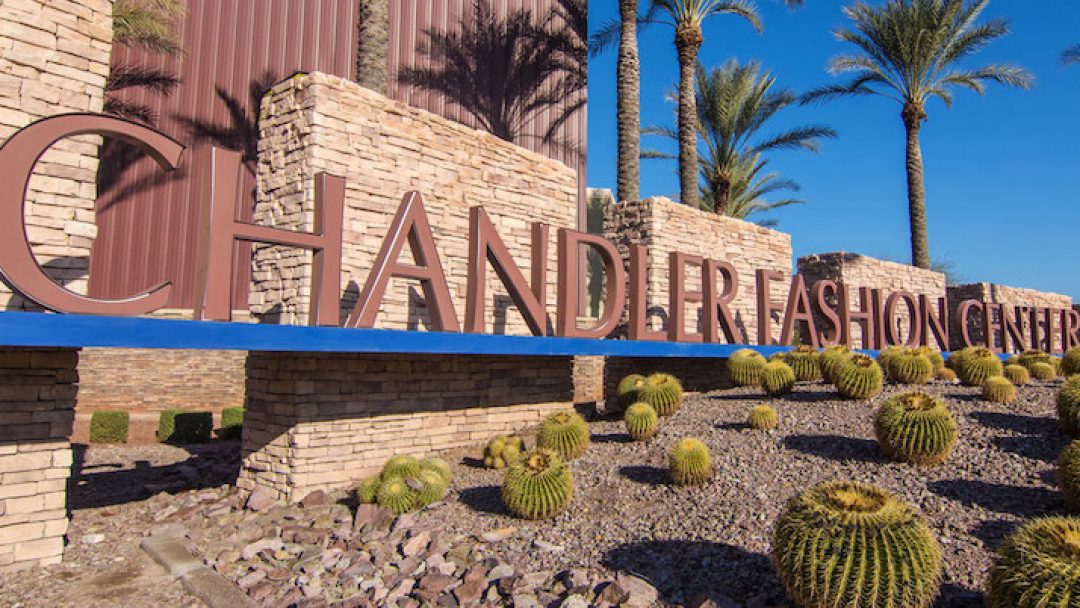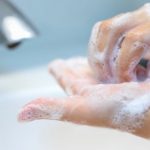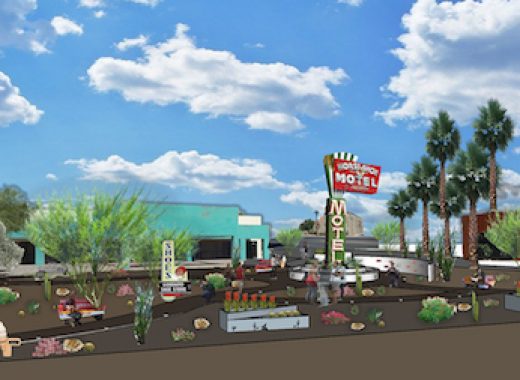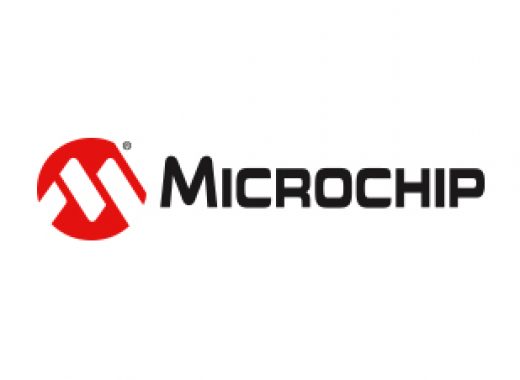There will be some noticeable changes to the shopping experience as customers step foot in malls again.
While all 50 states are allowing some businesses to reopen, it won’t be as simple as flipping a switch and going back to the way things were before the coronavirus pandemic. At some malls, the first noticeable difference will be in the parking lot.
Simon Property Group, which operates shopping centers across the United States, started to reopen the first of its properties on May 2. Not every entrance is open, however, so the company plans to use parking lot signs to direct people toward “Phase 1” entrances.
“We were the first large retail owner and operator to close our property system-wide to address the spread of the pandemic,” CEO David Simon said on an earnings call earlier this month. “We’re the first to reopen our properties, of course, subject to government stay-at-home orders and restrictions.”
Other shopping mall owners are also sharing their plans for reopening, including how they plan to prevent the spread of the virus.
When customers walk into Chandler Fashion Center in Chandler, Arizona, one of 52 shopping centers run by development company Macerich, they’ll be touching a door handle that will be regularly sanitized throughout the day. Once inside, they’ll breathe air from an enhanced cooling system that is designed to “increase air circulation and outside air flow,” according to guidelines shared on the company’s website.
Both Simon and Macerich plan to block some of the food court tables to ensure social distancing. Play areas and other highly trafficked common areas will also be closed, according to plans shared by the companies.
While malls are opening up, each store’s management will decide when it is ready to safely reopen and what guidelines it plans to follow to keep staff, customers and merchandise safe from the coronavirus.
Apple is ready to reopen 25 stores in six states but with special precautions. Some stores will only offer curbside pickup, while others will allow in-store shopping with social distancing.
Customers will also have to wear masks, submit to temperature checks at the door and answer health-related questions as part of a screening process for COVID-19 symptoms.
Nordstrom, an anchor at malls around the United States, has reopened nearly three dozen stores, mostly in the southern U.S.
“We certainly will have a lot of visual cues as you enter. We’ll have some stickers on the ground, we’ll have lots of signs. But the way that we deliver service and have for a long time is through people,” the retailer’s president, Jamie Nordstrom, told NBC News. “So we found in the stores we have open is the most important person is that greeter at the door who explains to the customer what’s going on, what they can expect, and we found that that’s a really critical part of the customer experience.”
Those changes include limiting the number of people in the store, offering masks and increasing sanitation. Inside the department store, the fitting room experience will be modified to ensure people can remain a safe distance apart. Merchandise that has been tried on or returned will also be “kept off the sales floor for a period of time,” the company said.
Returned items will also be quarantined for at least 24 hours.
Gap Inc. is preparing to reopen 800 of its stores before the end of May, which include Gap, Old Navy, Athleta, Banana Republic, Janie and Jack and Intermix. Several locations have already reopened in Texas.
The stores will open with reduced hours and management will be monitoring the flow of customers to ensure that social distancing is followed. Signs around the stores will also remind customers to stay 6 feet apart.
Customers won’t be able to try on clothes in the fitting rooms, which will be temporarily closed, according to an update from the company.
When it’s time to check out, there will be plexiglass partitions in front of registers to help cashiers stay protected from customers. Bathrooms will also be temporarily closed.
Any items a customer returns will also be quarantined for 24 hours before the merchandise is put back on the sales floor.
“In working with industry partners and public officials to define Safe Shopping practices, we’re eager to begin welcoming our teams and customers back to our stores, and confident in our ability to safely scale North America openings over the coming months in line with local guidelines,” Sonia Syngal, CEO of Gap Inc. said in a statement.
Shopping for makeup will also look different. Before the pandemic, tester units were a great way for customers to sample different beauty products before buying; now, those will no longer be available, said Ulta Beauty CEO Mary Dillon in a letter to customers. The company reopened 180 stores earlier this month.
“As part of our thoughtful, phased reopening approach, each store was chosen after careful consideration of many factors, most importantly our ability to welcome you back safely,” Dillon said. “Our teams have worked with government and health officials and other retail leaders to bring the best shopping experiences to our stores.”








